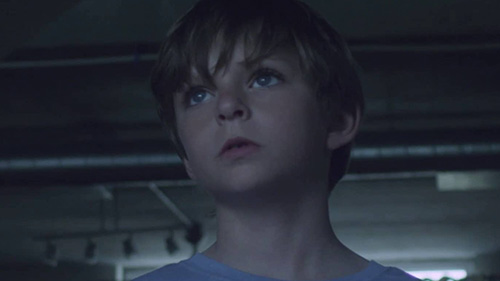In this darkly comedic exploration of modern loneliness, Charlotte can’t stop dancing and her family needs to find out why.
Directors’ Statement
One normal day in a rural French village in 1518, a woman walked into the street and started dancing. She kept going for days, and for some reason, hundreds of others started joining her. People danced and danced and didn’t stop until they collapsed, some dropping from severe exhaustion, even dying from heart attacks and strokes. It was a full-on dancing plague, and no one knew why it happened. There were various theories – a psychoactive fungus poisoning the wheat supply, mass hysteria – but no answers. It remains one of the greatest unsolved oddities in history.
Our movie is a comedic exploration of what it would look like if that same plague were to happen again today. Having a bit of fun with it, we employ Old Hollywood film tropes in order to call attention to the performative nature of film. Whimsical and cheeky in its restraint, Blue Moves evokes Yorgos Lanthimos and Spike Jones, who make us laugh at life’s dark yet inevitable absurdities. There is something innately hilarious about two people having a deadly serious conversation while someone dances wildly right next to them. Maybe in the face of a plague this senseless and indiscriminate, all we can do is laugh right back in its face.
As for the source of the plague itself, in an age where loneliness is on the rise and technology widens the gap between real human connection, dancing is a response to the isolation that so many of us feel. Whether it’s a physical sickness or a psychological phenomenon, the dancing plague forces people to connect with their primal selves. Tragic, maybe, but also finally untainted by the trappings of society.



